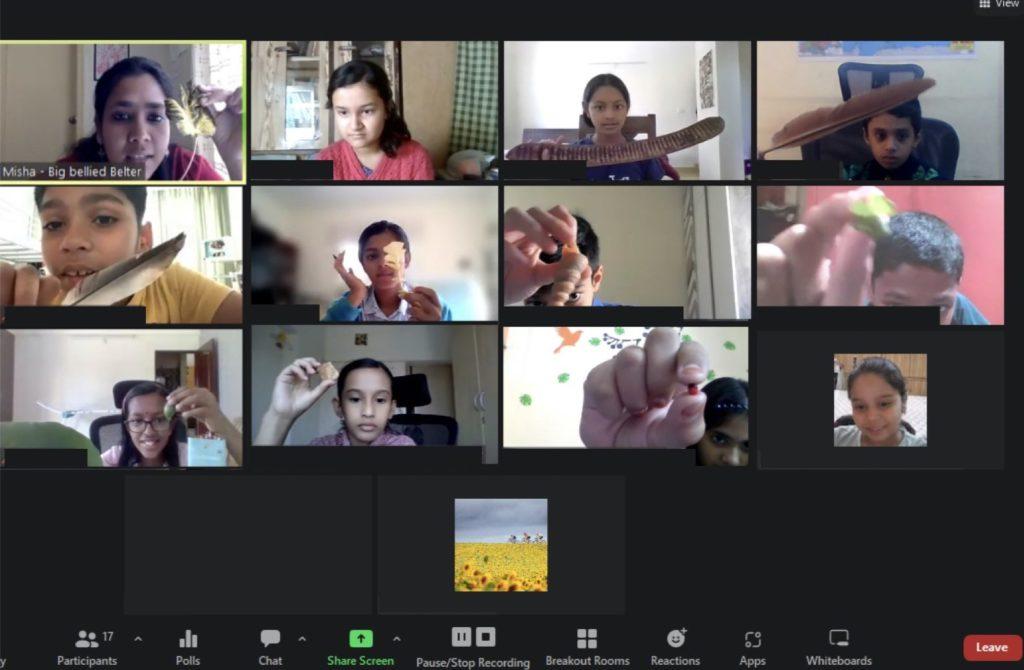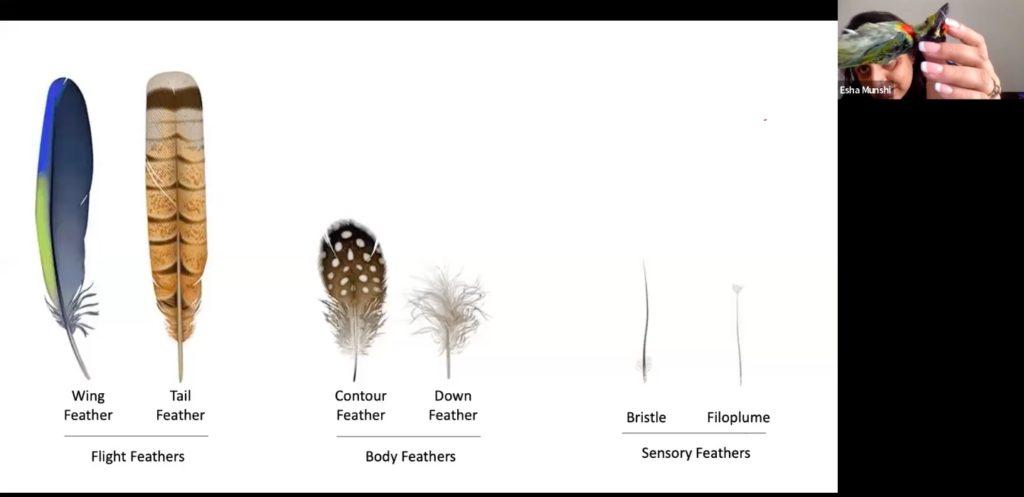We just concluded another Young Birders’ Workshop recently. It was an action-packed four weeks, and the participants were extremely enthusiastic! We talked about nature journalling, bird adaptations, bird behaviours and the life cycle of a bird. The workshop was a fun mix of games, activities, quizzes and videos which the participants indulged in both on their own as well as through online classes. The online classes were carefully designed to explore each theme creatively. We also had special sharing classes this time, which were a dedicated space for participants to share their observations with their peers.
Our last two years have passed experimenting with online sessions, since the pandemic took over. A lot of these were a part of our Young Birders’ Workshop, as well as the sessions we organised afterwards to keep in touch with the participants. The challenge – how do we make the online sessions as engaging as possible? And how do we create an appreciation for birds remotely – without actually seeing birds together?
We tried a host of ideas, focusing on keeping the sessions as interactive as possible. In the nature journaling session, we could not possibly sit together outdoors and draw nature, so we asked the kids to bring nature home (like a small rock or leaf, twig or flower) and journaled about it together on Zoom. In the habitat session, we created imaginary birds, drawing birds with different beaks and claws as adaptations that help them survive.

Keeping the sessions interactive meant that we would often get stumped by the kind of questions kids threw at us, the most mind-boggling one being “do birds love humans?”
After the first two workshops last year, we organised monthly sessions for the participants with experts. Figuring out how to break down concepts like sound frequency and speciation models for 9 year olds was invigorating! We truly understood the meaning of the quote, “if you can’t explain it to a 9 year old, you don’t know it.”
Our speakers were creative too! In the birdsong session, Ramit Singal launched a spectrogram generator, and the kids clicked, clapped, whistled and screeched to visualise their sounds in real time. In another session, Esha Munshi talked about her feather library, showing everything from the wing of a falcon, owl and kingfisher to even a flamingo!

Once we got into the groove, we kept finding new ways to keep the kids on their toes. To break the monotony during long sessions, we designed an energiser called eleMENTAL. We allotted an action to each element of life – fire, water, air and earth. Then we would name something in nature and the kids had to do the action of whichever element they thought it was associated with.
Creating online sessions has been a challenging but fulfilling experience. We are now trying out all these activities in our nature walks to see how they fare in-person!


Where can I subscribe for the updates of the Young Birder’s Network
Hi Sameer
You can subscribe here – https://ebyoungbirdersnetwork.substack.com/